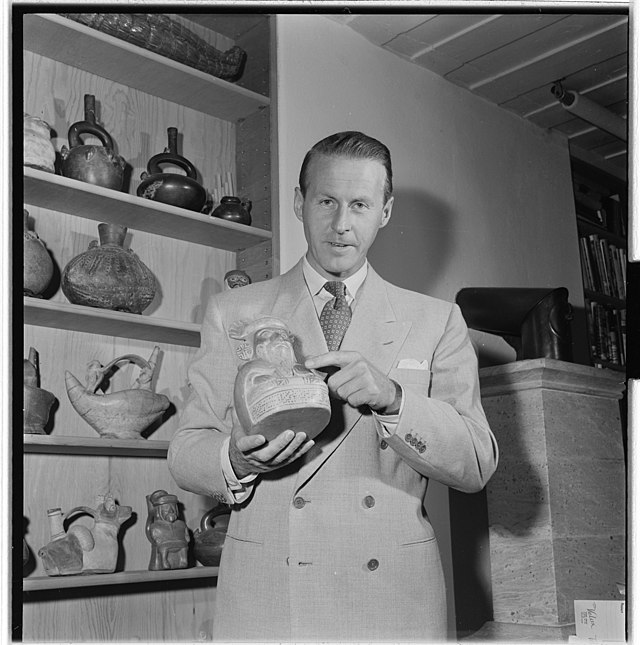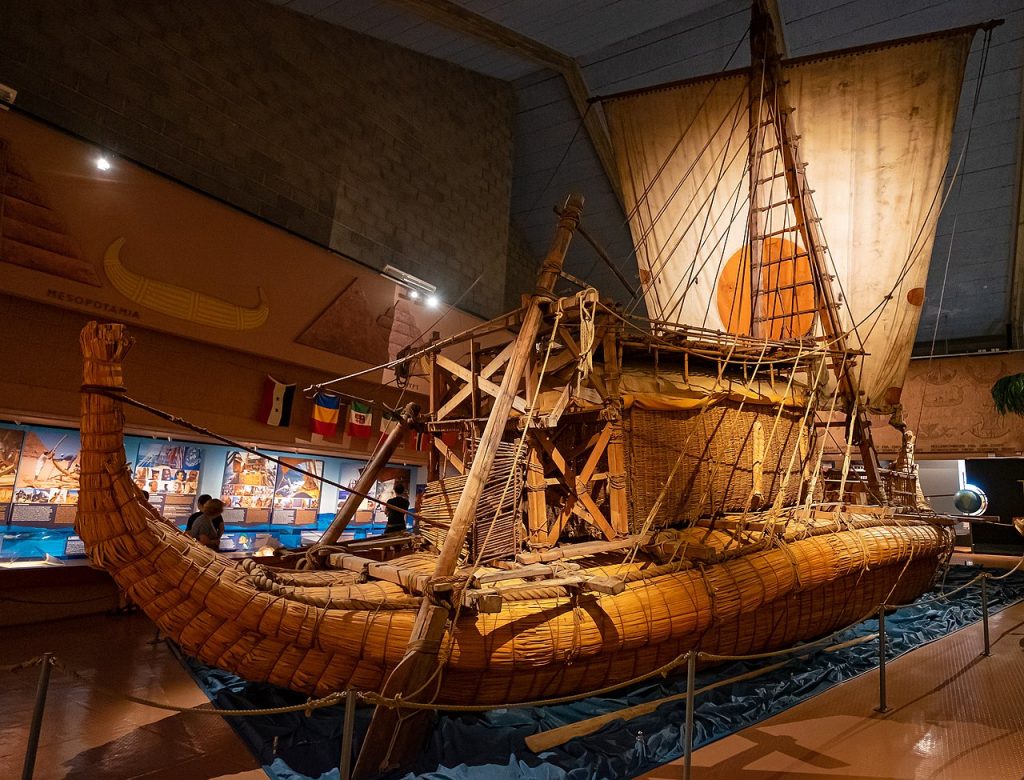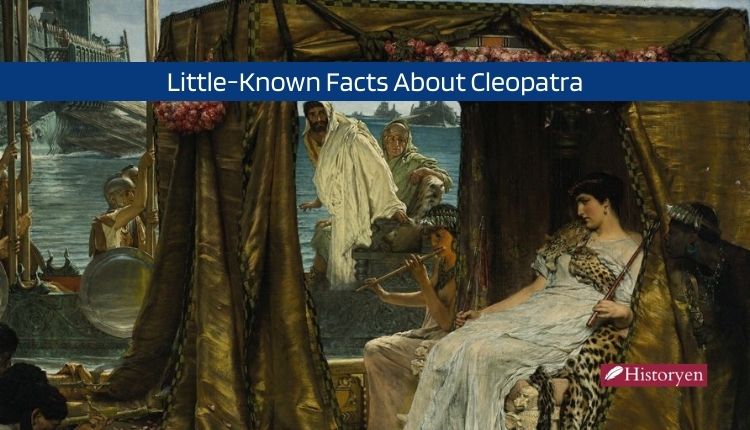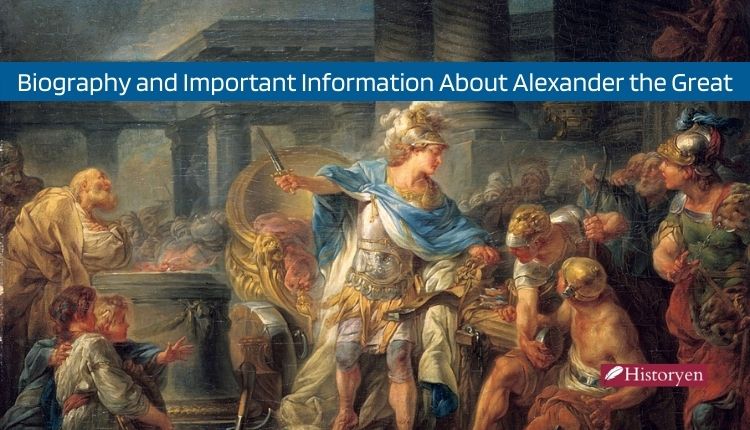How Thor Heyerdahl Pioneered a Vision of Ancient Interactions

The annals of history are often woven with threads of mystery, but few have approached the enigma of ancient interactions as boldly as Thor Heyerdahl. This Norwegian adventurer, born on October 6, 1914, in Larvik, Norway, embarked on a lifelong quest to unveil the hidden connections between disparate cultures across oceans. In the artifacts, languages, and cultural practices of ancient civilizations, Heyerdahl discerned patterns that hinted at profound interactions.
Setting Sail on a Journey of Discovery
Thor Heyerdahl’s journey of exploration began at the University of Oslo, where he initially pursued studies in zoology and geography. However, his insatiable curiosity and thirst for adventure led him to abandon academia in 1936. Together with his wife, Liv Coucheron Torp, he ventured to Polynesia, particularly to the Marquesas Islands, where he pondered the ways in which early settlers might have reached these remote shores.

Drawing inspiration from the Polynesian diet’s inclusion of South American crops and shared myths with Peruvians, Thor Heyerdahl began formulating the audacious idea that ancient civilizations might have interacted across vast oceans. World War II briefly interrupted his pursuit, as Heyerdahl served in the Free Norwegian armed forces. Yet, the war’s end marked the resumption of his quest.
Challenging Conventional Wisdom

However, Heyerdahl’s theories faced fierce skepticism from the academic community. Prevailing wisdom held that ancient Polynesian migration originated from the west, not the east. Determined to prove his unconventional hypothesis, Thor Heyerdahl made a bold decision in 1947 – to sail from Peru to French Polynesia on a simple balsa wood raft named Kon-Tiki.
The Kon-Tiki expedition was a feat of daring and resilience. Heyerdahl and his crew navigated the Pacific currents for 101 days, ultimately landing successfully on the French Polynesian atoll, Raroia. This voyage demonstrated the viability of ancient people traversing vast ocean expanses with rudimentary watercraft, as Heyerdahl had postulated.
Voyages Beyond Boundaries
Heyerdahl’s thirst for exploration was insatiable. His voyages extended to the Galápagos Islands and Easter Island, where he believed South American influence had left its mark. In the late 1960s, his attention turned to Egypt, where he drew parallels between ancient Egyptians and ancient Mexicans. Inspired by these connections, he embarked on a transatlantic voyage from Morocco to Barbados in a reed boat called Ra, seeking to dispel doubts about the feasibility of such journeys.
Although the initial Ra voyage faltered, Heyerdahl’s determination prevailed. In 1970, he succeeded in sailing the reed boat Ra II from Morocco to Barbados, spanning 4,000 miles in 57 days. Heyerdahl’s endeavors inspired deep contemplation about the potential interactions between ancient cultures.
The Legacy of a Visionary Explorer

Thor Heyerdahl’s legacy remains a tapestry of intrigue and inquiry. While some scholars remained skeptical of his theories, modern genetic studies have unveiled tantalizing clues. Genetic links between ancient Polynesians and South Americans hint at a more intricate web of connections. Some propose that Polynesians influenced South American cultures through their remarkable navigational skills.
In the wake of Heyerdahl’s passing on April 18, 2002, his legacy endures as a catalyst for discussion and exploration. His determination to challenge conventional wisdom and inspire dialogue reflects the heart of scientific inquiry.
Heyerdahl’s voyages provided compelling evidence, but the question remains open, sparking ongoing discussion and research.
Heyerdahl’s fascination with ancient connections and his desire to challenge prevailing theories fueled his adventurous spirit.
While some initially dismissed his ideas, modern genetic studies have reignited interest and contemplation around Heyerdahl’s hypotheses.
Heyerdahl’s legacy lies in his ability to stimulate discourse, encourage exploration, and inspire a reevaluation of historical narratives.
Heyerdahl’s relentless pursuit of the unknown reminds us that questioning established beliefs and fostering open dialogue are crucial to advancing understanding.



